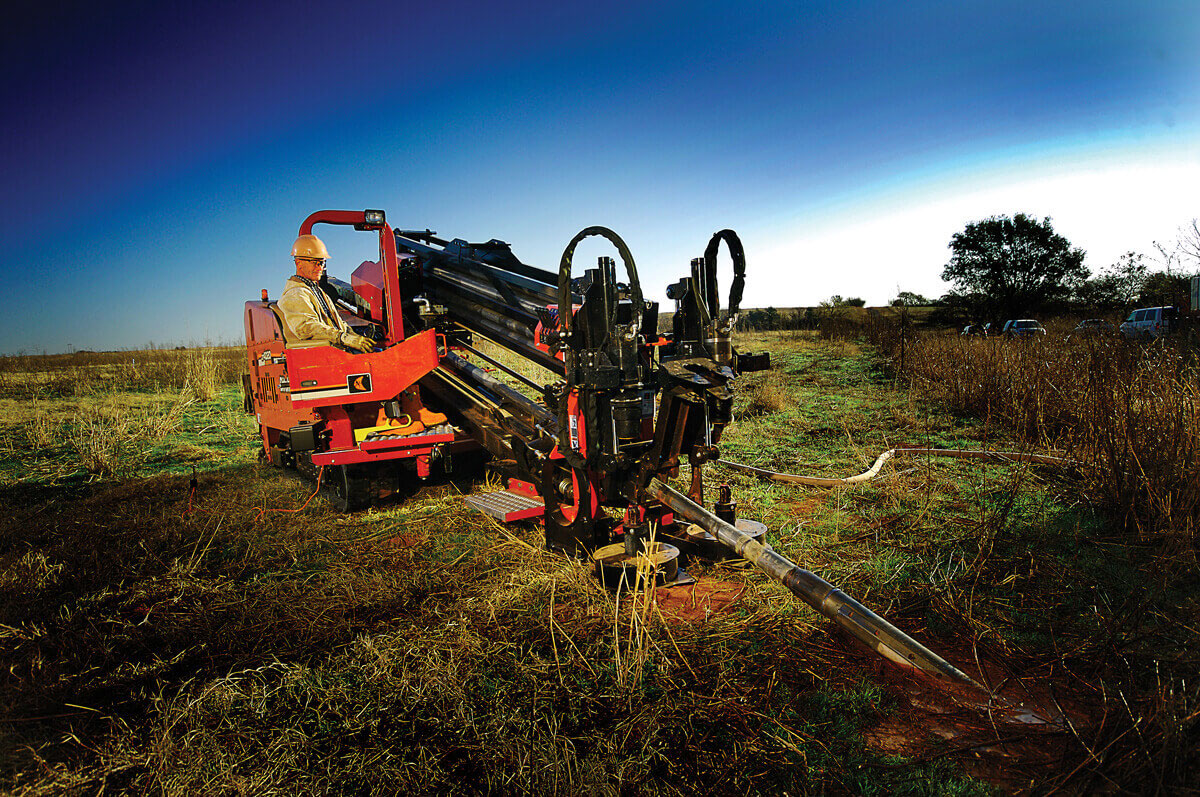Horizontal Directional Drilling, often referred to as HDD, stands at the vanguard of modern construction and utility installation techniques. As municipalities, utility providers, and telecommunications providers increasingly seek effective and eco-friendly solutions, this method has emerged as a dependable alternative to conventional trenching. This innovative method allows for the installation of pipes, cables, and hoses beneath the earth's surface with little disruption to the adjacent environment. Understanding the way HDD works and its benefits can open up new possibilities for projects in either urban and rural settings.
In this article, we will investigate the multiple aspects of Horizontal Directional Drilling, from its underlying process and technological improvements to its significant role in sectors such as telecommunications and renewable energy. We will also look into the reasons HDD is preferred for urban infrastructure projects, the challenges contractors face, and effective strategies for guaranteeing security and successful outcomes. As we look towards the future of trenchless technology, it is evident that HDD is not only pioneering the way but also revolutionizing the landscape of utility installation and infrastructure development.
Comprehending Lateral Directional Drilling
Lateral Directional Drilling, or HDD, is a tunnel-free technology used for the placement of underground infrastructure such as aquatic, gas, and telecommunications lines. This method entails drilling a initial hole along a set route and then enlarging it to accommodate the utility line. Unlike Horizontal Directional Drilling Antrim Northern Ireland digging, HDD enables the laying of pipes without the need for significant ground disruption, making it ideal for metropolitan settings and sensitive locations.
The HDD procedure begins with meticulous planning and route selection, ensuring limited ecological impact and optimizing the installation. Specific equipment is used to create a lateral hole that can maneuver around obstacles and varying ground conditions. The bore head is directed using advanced technology, allowing workers to maintain precise control of the drilling path. This adaptability is essential in situations where facing challenging landscapes or existing infrastructure.
A major advantage of HDD includes its ability to reduce project timelines and expenses. Since there is little excavation needed, teams can operate more effectively and rapidly complete installations. The method not just lessens interruptions to local communities but additionally provides a more secure labor space for operators. Overall, HDD represents a significant progression in service installation, providing both practical and ecological benefits.
Advantages and Challenges of HDD
Horizontal Directional Drilling offers many advantages that make it a favored technique for installing utilities, particularly in city environments. One of the most notable advantages is its ability to reduce surface disruption. Unlike traditional trenching methods, this technique allows for the placement of pipelines and wires without the need for extensive excavation, which means a reduced impact on streets, landscapes, and existing facilities. This feature greatly reduces the recovery time and costs associated with damaging the surface, making this method an effective choice for urban projects.
Despite its advantages, this method also presents several challenges that professionals in the field must address. One of the primary concerns is the variability of soil conditions, which can significantly affect drilling efficiency and the outcome of the project. Rocky terrains, groundwater issues, and other geological factors can complicate the drilling process and lead to higher costs or delays in the project. Additionally, contractors must be careful in their preparation and execution to avoid complications such as unexpected returns and blowouts, which can cause environmental impacts and rework.
To effectively leverage the advantages of this method while mitigating its challenges, rigorous pre-project preparation and the use of innovative tech are essential. Incorporating tools such as GPS and real-time monitoring systems can enhance drilling precision and efficiency, ultimately leading to more favorable outcomes. As this technology continues to evolve, staying informed about market trends and best practices can help stakeholders successfully manage both the benefits and challenges associated with this innovative drilling method.
The Future of Horizontal Directional Drilling in Infrastructure Projects
As metropolitan regions continue to expand, the demand for efficient construction solutions increases. HDD is poised to play a crucial role in meeting these demands. With its ability to place utilities subsurface without disrupting surface activities, Horizontal Directional Drilling offers a special advantage in densely populated regions. As cities work to upgrade aging systems, Horizontal Directional Drilling's versatility to various soil conditions and geographies ensures that it will stay a essential tool in the toolbox of civil engineers and contractors.

Innovations are also transforming the future of Horizontal Directional Drilling. Advancements such as real-time data monitoring and enhanced drilling techniques are increasing accuracy and efficiency in installations. The use of GPS technology allows for exact tracking of drill paths, lessening errors and enabling more complex projects to be executed with confidence. As these technologies continue to develop, they will allow contractors to tackle increasingly difficult installations while maintaining high safety standards.
Going forward, ecological considerations will drive the growth of Horizontal Directional Drilling in construction projects. As environmental responsibility becomes a focus for municipalities and utility companies, HDD's low-impact nature presents a strong case for its adoption, especially in sensitive ecosystems. By lessening surface disruption and avoiding extensive trenching, Horizontal Directional Drilling aligns with global efforts to protect natural habitats. As awareness of these benefits spreads, more projects will certainly adopt HDD, reinforcing its role as a pioneer in modern no-dig technology.
